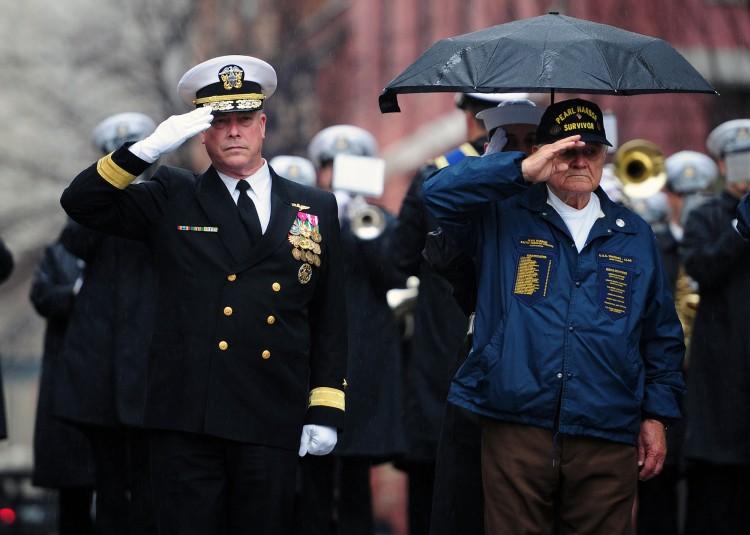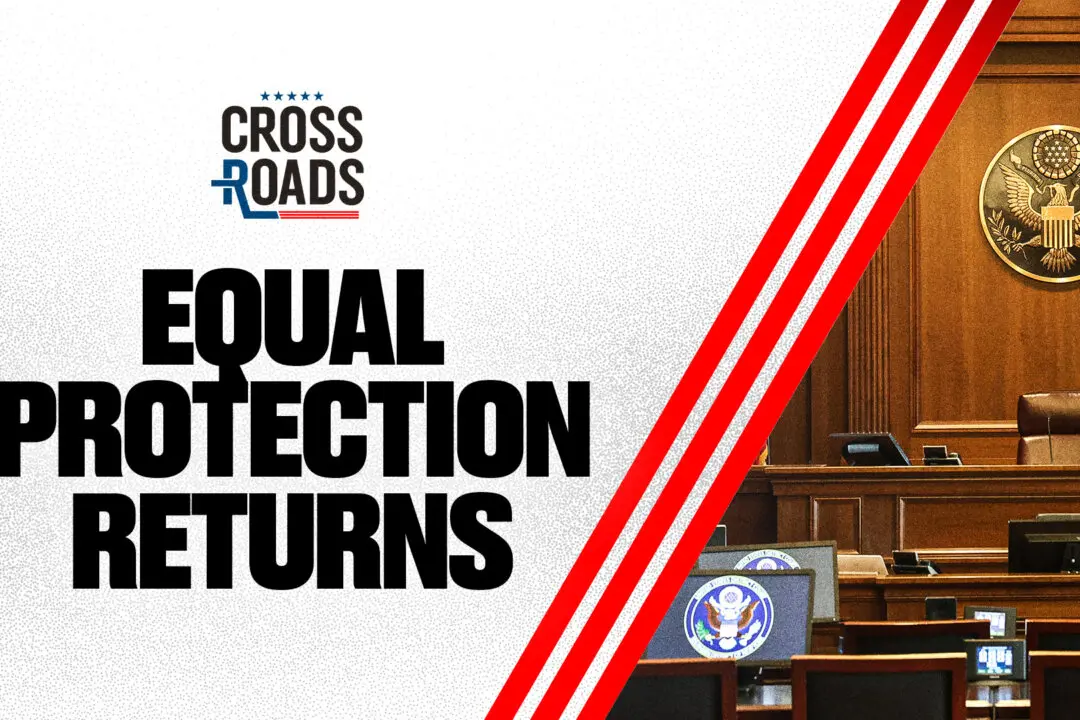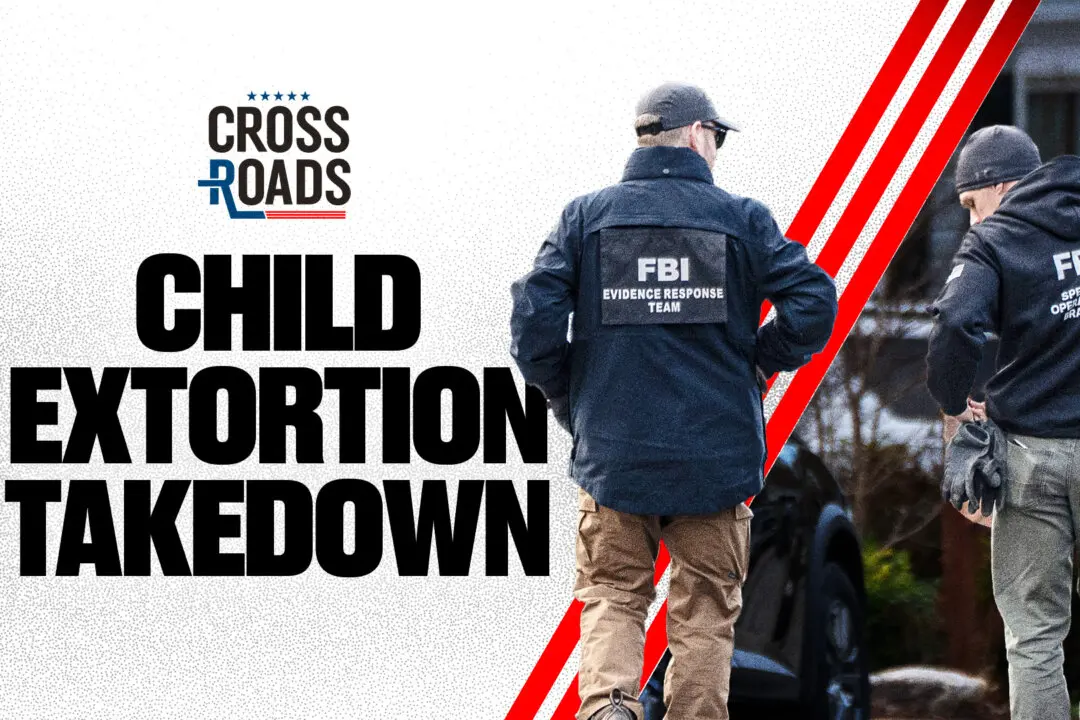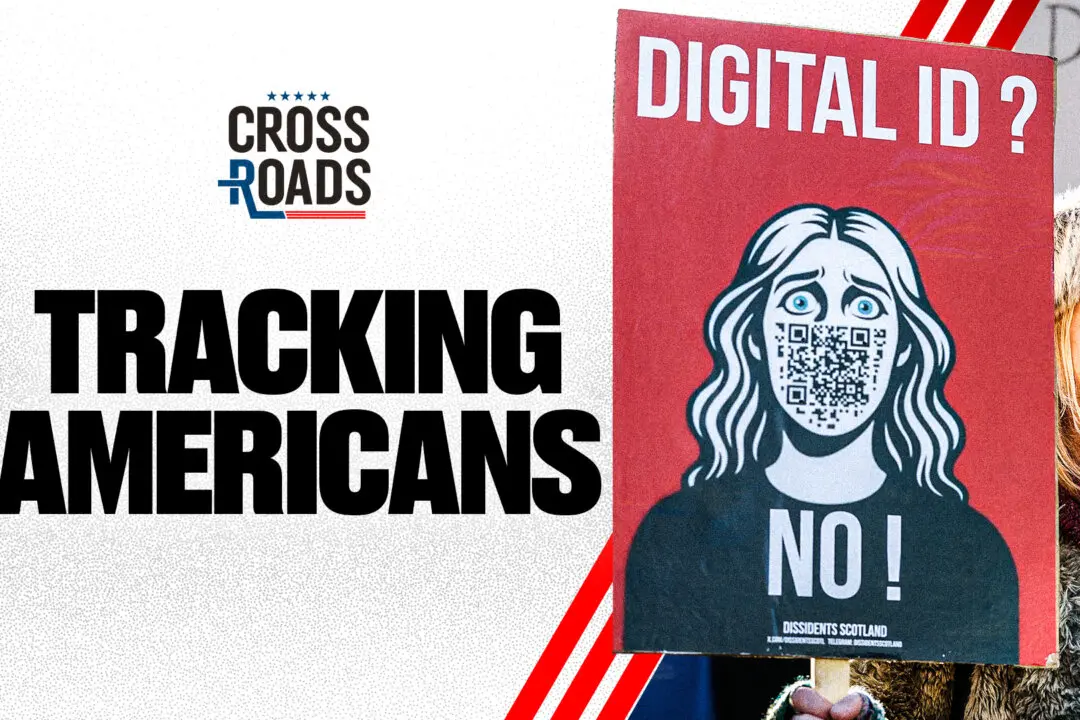Remembering Pearl Harbor
My great-grandfather used to tell stories about that tragic day at Pearl Harbor. He and his brother were running up and down a pier, looking for each other, one running right by the other amid confusion as Japanese fighter planes strafed and bombed the Navy ships docked there.

U.S. Navy battleships at Pearl Harbor in Hawaii, Dec. 7, 1941. (l-r): USS West Virginia (BB-48) (sunk), USS Tennessee (BB-43) (damaged), and the USS Arizona (BB-39) (sunk). U.S. Navy photo, National Archives Collection
|Updated:
Joshua Philipp is senior investigative reporter and host of “Crossroads” at The Epoch Times. As an award-winning journalist and documentary filmmaker, his works include “The Real Story of January 6” (2022), “The Final War: The 100 Year Plot to Defeat America” (2022), and “Tracking Down the Origin of Wuhan Coronavirus” (2020).
Author’s Selected Articles






